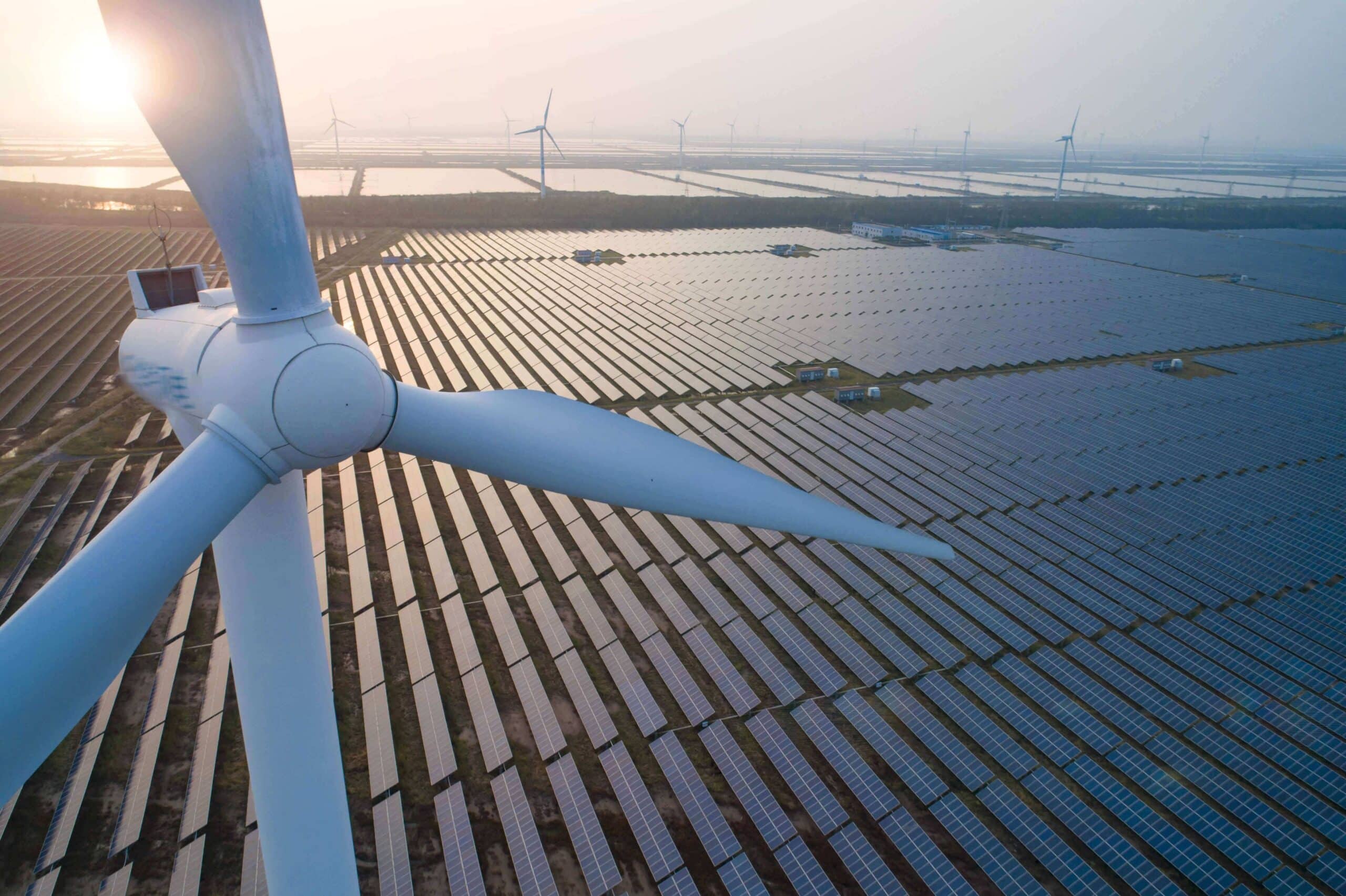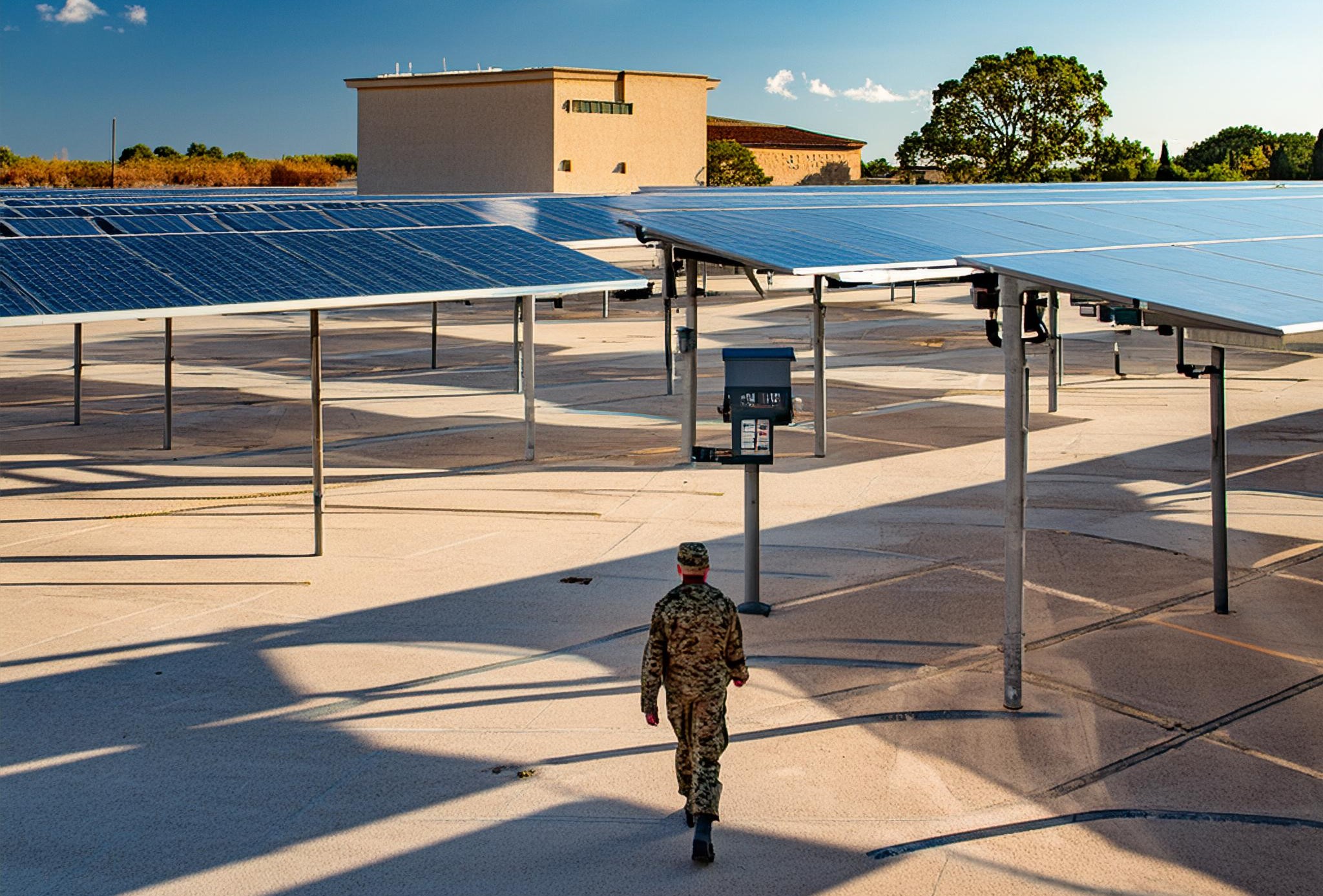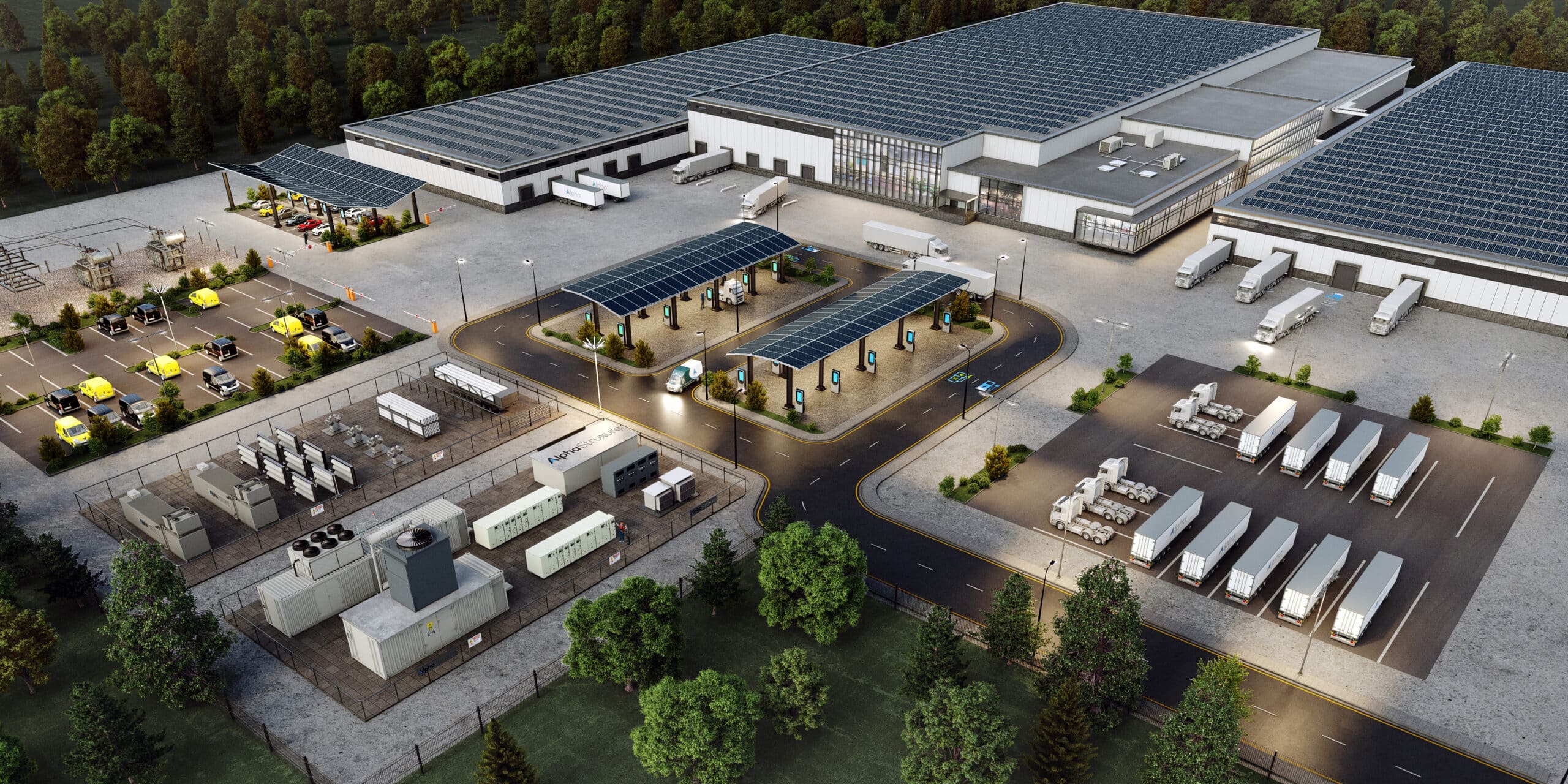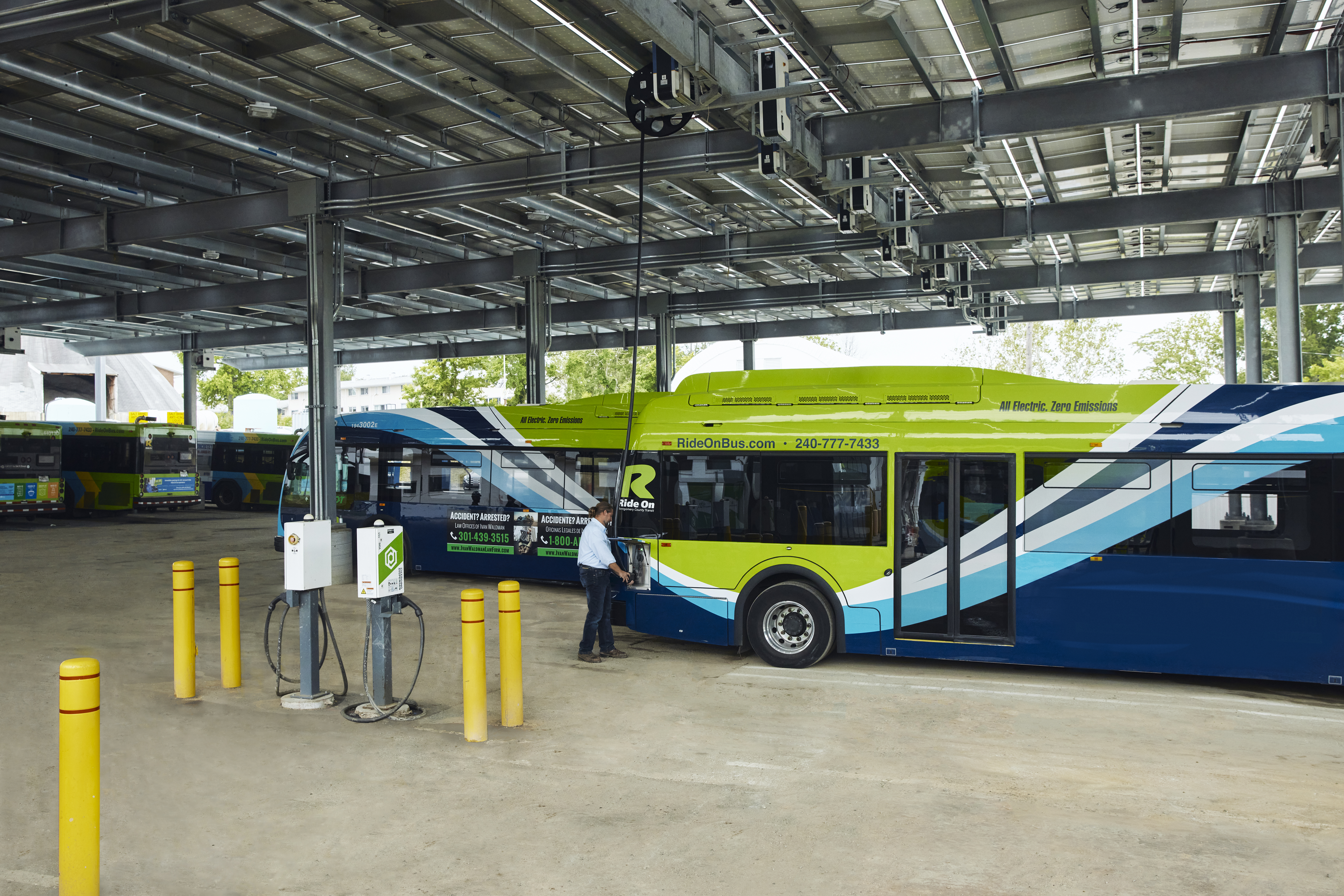We see lots of posts espousing the virtues of renewables, demonizing any thermal form of energy production, or going completely silent on alternative energy forms that are not PV or Wind. If a person venerates one form of energy, and vilifies all other forms, that is not a cogent or convincing argument for me.
Likewise, if a person describes the levelized cost of energy (LCOE) at the production source without adding the capital costs and ongoing costs to get the energy from the source to the customer (point of delivery), this is a failing argument for me as well. For example, when a $0.03/kWh utility-scale solar plant is in the news as an achievement, it fails to include the true cost of getting that energy (rate) to the customers it presumably services. Here we see the delivery charges as another $0.04 – $0.07/kWh, so the customer is really paying $0.07 – $0.10/kWh. The $0.03/kWh production LCOE is not a bad number, but it is misleading when taken out of context of what the customer can actually achieve.

TEP to buy solar power at under 3 cents per kWh
So, often people will say, “let’s put PV on-site to take advantage of cheap solar.” While this logic seems to follow, it is missing key factors often misrepresented. For example, one rarely has the space to host a utility-scale solar array (let’s call it 300+ acres) to get the capital cost to a point where the LCOE is $0.03/kWh. A 1 MW solar array (think 3.5 acres of roof or ground) does not yield a LCOE of $0.03/kWh like a 90 MW solar array does. It is more like $0.13/kWh.
When people think about a $0.03/kWh solar array in Tucson, Arizona, they often forget that the solar metrics are quite different than New York or Massachusetts. In Tucson, the 1 MWdc solar array produces about 1,757 MWhac/MWdc, but in New York it produces 1,200 MWhac/MWdc. This output of that 1 MW solar array in New York is equivalent to an average annual output of 0.137 MW. That’s a 48% difference in output from Tucson to New York, plus the capital cost in New York will be roughly 30% more than Tucson. A 1 MW rooftop array in Tucson may cost $2 million in capital but it will cost $2.7 million in New York.
I am not saying solar is bad or unfulfilling, on the contrary, it has great sustainability value, aids in resilience when installed on-site, and gives a very predictable cost profile for 30 years+. However, we must deal in realities and we must help customers deal in reality. The hype is damaging.
It is dangerous to live in a world ignorant of the costs and production values.
A 1 MW solar array in New York might actually be $0.14/kWh LCOE, but the customer can have it next year, and start reaping the sustainability, resilience, and cost predictability benefit immediately.
In contrast, a small modular reactor (zero carbon production) plant at a minimum 5 MW and $11 million capital cost per MW will take 10 years to get permitted and installed. Plus, this technology has not been proven yet for commercial and industrial application in urban areas. This is a hard option for an industrial customer to see value if the costs are now and the benefits are 10 years out.
Just because fossil-based natural gas is now on the “demon” list, doesn’t mean the whole gas system is a demon. The North American gas system is an asset that can bring renewable natural gas (RNG) and hydrogen to commercial and industrial businesses everywhere. Realistically, we cannot produce enough RNG and Hydrogen to replace all fossil-based natural gas, but replacing 30% of it makes great progress. It can be done rapidly and without changing all the end-use equipment at customer sites. Sounds elegant to me. Plus, if you are looking for a science-basis, look to Carbon Intensity numbers for comparison where RNG biogenic sources are negative (-)100 to (-)350 CI scores and solar is +13 and wind is +3. Converting 30% of the gas supply would create a net negative GHG resource. This is much better for all our objectives than trying to convert all businesses to solar and wind sources.
While the “electrify everything” drum beats on, the reality of thermal and industrial loads that are currently supplied by thermal energy sources (mainly fossil-based natural gas) is 30% of the GHG production. As a first step, solving the electric utility system GHG (e.g., ~15% of the total GHG in New York) is a small win, not moving the needle in a big way. However, it is encouraging and makes good headlines. But are we ready to increase the transmission and distribution infrastructure by 5X to electrify everything? What is the carbon footprint increase of that action?

New York GHG Emissions
What do we do with the 30% tied to the heating and industrial processes? Do we turn to renewables through electrification? Renewable natural gas (RNG)? Blue hydrogen? Green hydrogen? Geothermal? Carbon capture? Yes! All of them.
Expecting a single technology solution to solve all energy GHG issues is ignorant of the realities that rest with the thousands of different applications of energy use in commercial and industrial businesses.
The true objective is not to reduce GHG alone. It is to reduce GHG, improve business resilience, make power more reliable for digital business needs, and bring cost certainty to the customer, together.
- Reducing GHG in the absence of the other key objectives is not sustainable.
- The “electrify everything” movement is dangerous because it is a limiting outcome devoid of the value of adjacent objectives.
- Demonizing the natural gas system is dangerous because it takes away one of the solutions that can exceed GHG reductions beyond renewables.
- Looking to the utility power system to achieve all GHG reduction objectives is short-sited and incomplete.
If we use the entire technology toolbox to create best fit solutions for customer businesses, we can achieve GHG reduction greater than the “electrify everything” movement while making it all sustainable for these businesses.
What do you think?




